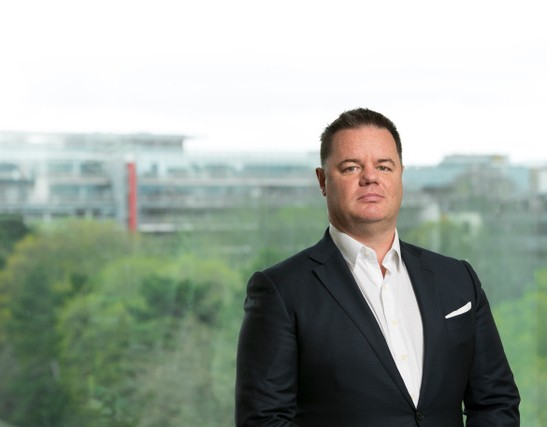Lawyers have a reputation for being risk-averse. They tend to help entrepreneurs achieve their vision turning startups into significant enterprises. It is much rarer for them to do it themselves. It is a rainy day in Portugal and Nollaig Murphy is telling me over a video call from his home why he has decided to co-found a new business called SenAer Trading. Murphy was a partner in law firms for almost 20 years, starting in A&L Goodbody before joining Maples when it was a rising star in Dublin. Now he is chief executive of a tight-knit experienced team that has…
Cancel at any time. Are you already a member? Log in here.
Want to read the full story?
Unlock this article – and everything else on The Currency – with an annual membership and receive a free Samsonite Upscape suitcase, retailing at €235, delivered to your door.

